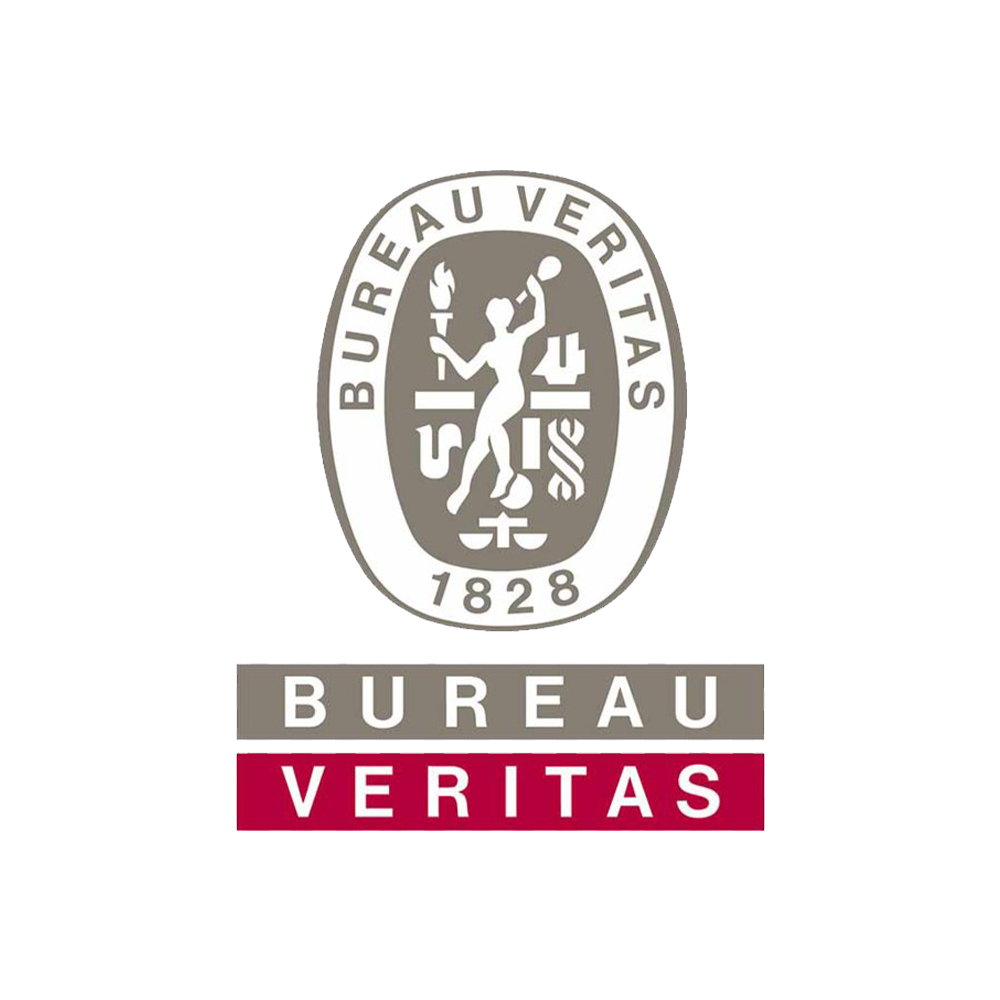Approach: Spectroscopic analytics using laser-based spectroscopic sensors on cores, mixes, ore passes and belt samples to deconvolute ore sources on belts. An underpinning driver for this project is that for highest fidelity identification / quantification of minerals, multiple sensor data will likely need to be combined.
Ore tracking can be constrained by using hyper-spectral, Raman, and laser induced breakdown (LIBS) spectroscopy. These approaches are being validated by gamma-spectral data analytics with other techniques to fingerprint ore types.
Minerals display characteristic surface interactions with light; however, no technique covers all minerals (either gangue or valuable). It has become increasingly clear that the potential of optical spectroscopy will not be realized until a suite of these are integrated, and the resultant large data sets combined in a data fusion approach (1). Collaboration has been established with relevant Chief Investigator’s in the Training Centre to assist in processing large data sets, and data fusion tasks. Optical techniques are being explored and validated by established techniques such as Prompt Gamma Neutron Activation Analysis (PGNAA) (2).
The opportunity is that laser based spectroscopic techniques have matured and now ‘moved out of the lab’ including hyperspectral infrared reflectance (1), Raman scattering (3), and LIBS (4) techniques. In addition, these systems now use more powerful laser-based probes reducing data acquisition times, and the easy availability of multi-spectral cameras allows comprehensive and real-time sets of spectroscopically rich image data to be collected for processing and integration, and ultimately the development of smart heuristics.
This HDR project focuses on applying and developing novel optical spectroscopic techniques and requires some background in electromagnetic radiation / optical science and skills such as data collection and signal processing would be of value.
All Training Centre HDR candidates will be placed with relevant industry partners for a period of their candidature to undertake components of their research. It is also anticipated that the industry partner will be able to advise on industry needs, as well as assist in acquiring either validated or unvalidated mineral samples (e.g., cores).



